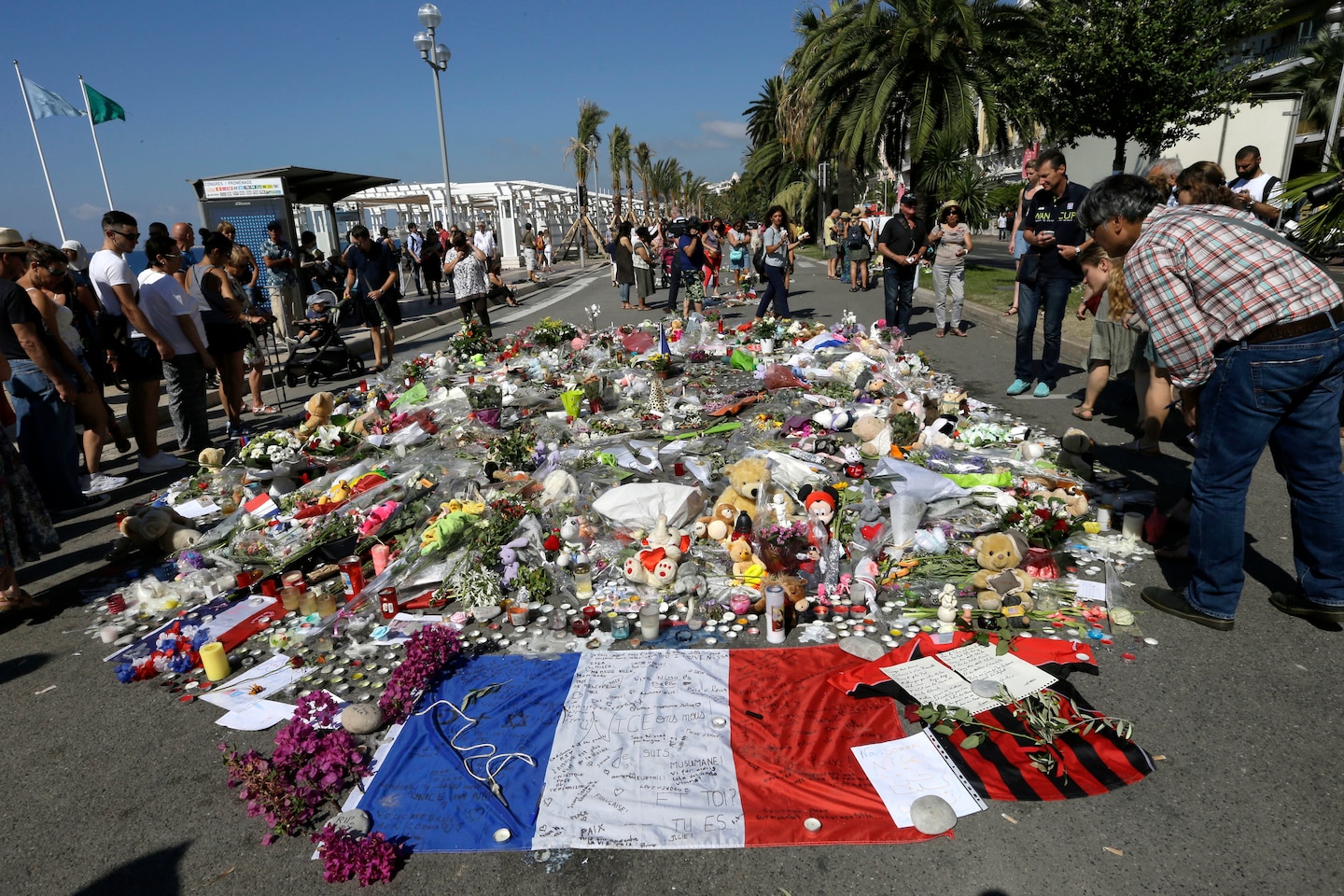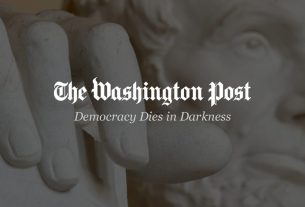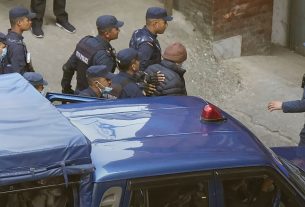The attack — France’s second-deadliest in recent history — struck the country during Bastille Day celebration, on an evening when the city’s Promenade des Anglais was crowded with thousands of celebrating families and tourists. Ten children were among the fatalities, and hundreds were injured.
The rampage came only months after the Islamic State group had carried out a 2015 rampage across Paris that killed 130 people, and it deepened a sense of alarm over the threat of Islamist terrorism in the country, contributing to a series of controversial legal changes that provided French security services with more powers.
In its verdict on Tuesday, which can still be appealed, the court sentenced two main defendants, Mohamed Ghraieb and Chokri Chafroud, to 18 yeas in prison over “terrorist criminal association.”
Six other defendants, including one woman, were handed sentences between 2 and 12 years for their roles in the attack, including for having supplied arms and the truck to the driver.
Even though the Islamic State group claimed responsibility for the truck rampage in 2016, calling the perpetrator one of its “soldiers,” analysts raised doubts over the group’s involvement soon afterward. During the trial, some witnesses described Bouhlel as a man with a record of domestic violence and mental problems.
The trial took place in the same custom-built courtroom in which the lone surviving member of the Paris attacks, Salah Abdeslam, went on trial last year. Abdeslam was found guilty of all charges in June and sentenced to life in prison, bringing the biggest criminal trial in modern French history to an end.
While the Paris attacks trial lasted 10 months and 20 suspects were charged, the Nice attacks trial lasted less than four months.
Both trials were seen by victims’ groups as a chance to confront trauma on an individual and a national scale. In weeks-long sessions, the court heard emotional testimony from survivors of the attacks and from relatives of victims.
But while the initial Paris attacks trial was often followed by hundreds of journalists, with overflow rooms needed to accommodate the crowds of attendees, the Nice trial attracted less attention in court and in the public debate.



